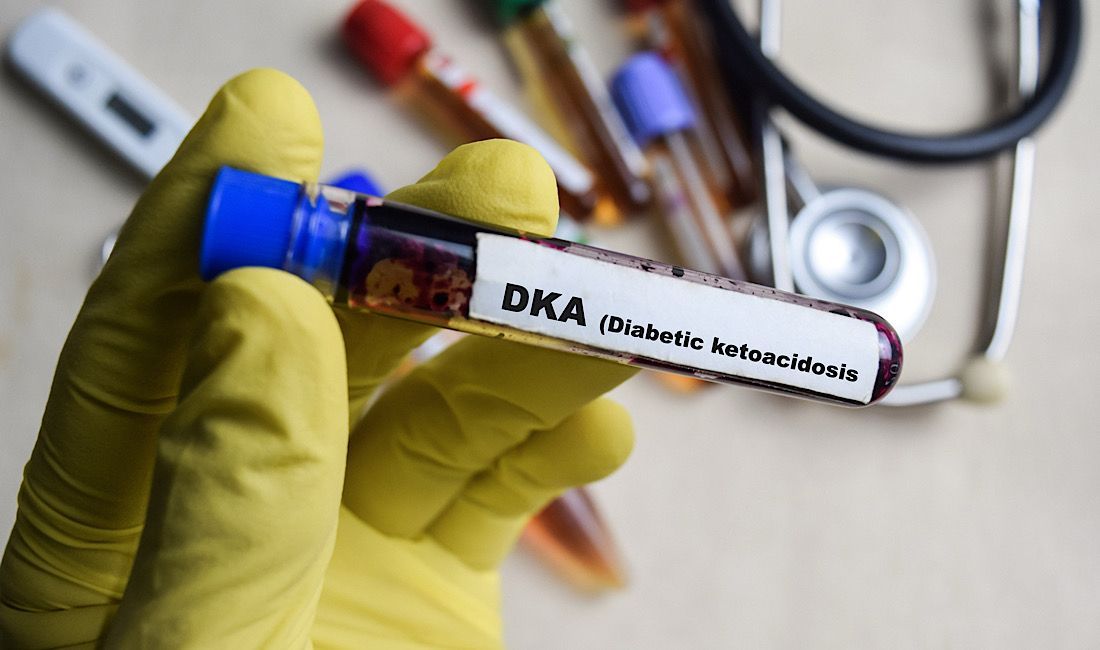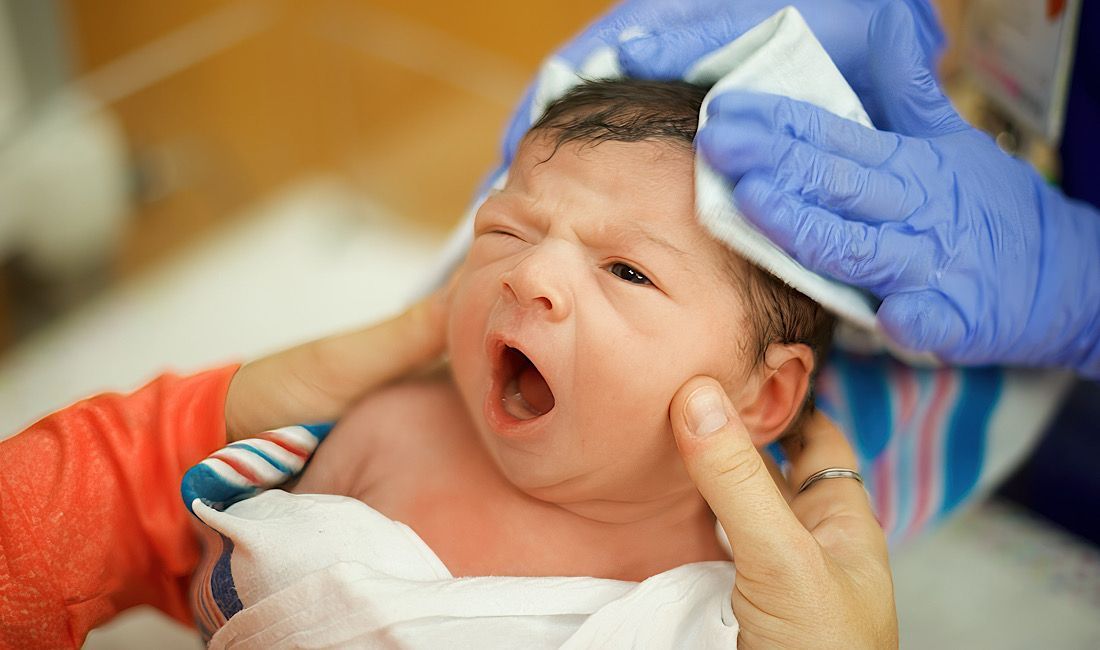What Is the Difference Between a Birth Defect and a Birth Injury?
What Is the Difference Between a Birth Defect and a Birth Injury?
The difference between birth defects and birth injuries is in the time each took place. However, both injuries are incurred during childbearing.
Bringing a baby into the world is a happy occasion that is usually met with a lot of happiness. Both the mother and father of the child, as well as well-wishers, usually take that opportunity to celebrate the new life that was brought into the world.
Then, after the whole celebration, imagine the baby was born with some sort of injury or defect. This injury or defect is either caused by the negligence of the medical team or the carelessness of the parents. No parent will be happy to know that their babies will live the rest of their lives with some sort of defect or injury.
But perhaps you are in such a position right now, and you need to know the differences between birth injury and birth defects, keep reading to find out.
Birth defect vs. Birth injury
Both birth-related issues are diagnosed at different times. For instance, a birth defect is an illness that forms while the baby is still in the womb. On the other hand, birth injuries occur when the mother is at the point of delivery or in labor.
Most of the time, birth defects and birth injuries occur separately and may cause physical or mental health problems for the newborn. Let’s now discuss both birth issues.
Birth Defects and Birth Defects Types
According to the national vital statistics report released by the Centers for Disease Control and Prevention, out of every 33 babies born every four and a half minutes, one has a defect. This means that in the U.S., about 120,000 babies are born with defects every year.
Birth defects occur when the baby is inside the womb. It often happens within the first trimester of the pregnancy. This is because this period happens to be the baby’s structural development and formative period. Any slight malformation in the process can cause huge damage.
This defect occurs due to the wrong use of pregnancy pills, the mother’s health status, and illegal drug use.
Defects are not restricted to a particular point in the body. It can affect any part, including the heart, intestines, and spinal cord. It is important to diagnose it early so appropriate treatment can occur.
Common birth defects that occur during a baby’s formative period include the following:
- Clubfoot: occurs when the foot turns inward rather than the usual flat foot.
- Congenital Heart Defects: this occurs when the general heart issue affects how the organs work.
- Pulmonary Valve Stenosis: This indicates that blood flow doesn’t go to the lungs correctly, which therefore affects how the body system functions. The baby’s blood vessels are usually affected.
- Hypospadias: These defects occur mostly in male children. It happens when the opening of the urethra is right under the penis rather than at the tip.
- Ear Defect: This occurs when there is an issue with the baby’s hearing. It may cause the baby to become deaf if the necessary correction process is not carried out.
- Eye Defect: An eye defect happens when the child is either born blind or has some sort of eye issue.
Related Article: What is prenatal negligence?
Birth Injuries and Birth Injuries Types
brachial plexus injury, medical malpractice
Birth injuries occur during the delivery process, mostly as a result of the baby’s abnormal sitting position. Birth injuries can also occur as a result of the baby’s weight and size.
Medical practitioners are always advised to use a cesarean section to deliver a woman in labor once there is a tendency for complications. This is to prevent risk factors that could lead to a lot of issues, such as brachial plexus birth palsy, serious birth injuries, death, and deformities.
Some types of birth injuries include the following:
- Brain bleeding: this can be a result of the rupture of a blood vessel in the brain. Mostly, it happens when the medical team tries to force the baby out of the mother’s uterus.
- Head injury and brain injury: are very common among birth defects. It can happen as swelling or bruising of the baby’s scalp, scratches on the scalp, or bleeding of the skull. Also, a fracture of the brain skull can occur while delivering the baby. This injury occurs when the baby’s head is bruised by the mother’s pubic bone.
- Bone and Spinal Cord Injuries: brachial plexus injuries are one of the common injuries that occur during childbirth. It comes as collarbone fractures, fractures of the upper arm, or multiple bone fractures. The baby can also experience spinal cord injury during childbirth. The medical teams must be more cautious to avoid complications for both mother and child.
- Skin and Soft Tissues Injuries: mostly, the area of the baby’s body that first came out of the birth canal may be stressed by pulling. Therefore, skin injuries are common among newborns.
What To Do If You Feel Your Baby Suffers a Birth Injury and Not a Birth Defect
Most times, doctors may not easily detect birth defects when the baby is still inside the womb, but some defects are easy to detect. In a situation where the defects are not detectable, mothers are usually advised to take their routine drugs more seriously.
This is to prevent further complications if defects are not detected. Also, during delivery, there is a high tendency for birth injury, especially when the woman faces complications at delivery.
Want to file a case?
You must act on behalf of your child to file a personal injury case to get financial recovery for your child. Before your attorney takes up the case of medical negligence, you must be able to provide some evidence.
Ensure you provide your lawyer with your child’s medical reports to make a stronger claim. Also, prepare your prenatal and postnatal medical records and witness statements for your lawyer.
Reach out to us at Frishman and Rizza to get the support you need for your child. We will help you file cases against medical practitioners who show negligence in their duties, especially at delivery.
Contact us now for a free consultation.





